Effectiveness of Positive and Negative Ions for Elite Japanese Swimmers’ Physical Training: Subjective and Biological Emotional Evaluations
Abstract
1. Introduction
2. Materials and Methods
2.1. Participants and Study Design
2.2. Emotional Evaluation
2.3. Analysis
3. Results
3.1. Comparison of Changes in Arousal by TDMS before and after Training in PNI and Control Conditions
3.2. Comparison of Changes in Arousal by EEG before and after Training in the PNI and the Control Conditions
3.3. Comparison of the Average Load (W) for Eight Sets of Interval Training in PNI and Control Conditions
3.4. Comparison of the Average of Training Load (W) during the Maximum Power Set in PNI and Control Conditions
4. Discussion
5. Conclusions
Author Contributions
Funding
Conflicts of Interest
References
- Perkins, D.; Wilson, G.V.; Kerr, J.H. The effects of elevated arousal and mood on maximal strength performance in athletes. J. Appl. Sport Psychol. 2001, 13, 239–259. [Google Scholar] [CrossRef]
- Oxendine, J.B. Emotional arousal and motor performance. Quest 1970, 13, 23–30. [Google Scholar] [CrossRef]
- Gould, D.; Krane, V. The arousal-performance relationship: Current status and future directions. In Advances in Sport Psychology; Horn, T.S., Ed.; Human Kinetics: Champaign, IL, USA, 1992; pp. 119–141. [Google Scholar]
- Yamazaki, M.; Sugiyama, Y. Intervention effect of a motivation video for badminton athletes: Examination from watching the motivation video one hour before. Res. J. Sport Perform. 2009, 1, 275–288. [Google Scholar]
- Fronso, S.d.; Robazza, C.; Filho, E.; Bortoli, L.; Comani, S.; Bertollo, M. Neural markers of performance states in an Olympic athlete: A EEG case study in air-pistol shooting. J. Sports Sci. Med. 2016, 15, 214–222. [Google Scholar] [PubMed]
- Nagao, Y.; Sugiyama, Y. Influence on a collective efficacy of viewing a motivational video of a game in relation to type of video. Res. J. Sport Perform. 2013, 5, 352–368. [Google Scholar]
- Jiang, S.Y.; Ma, A.; Ramachangran, S. Negative air ions and their effects on human health and air quality improvement. Int. J. Mol. Sci. 2018, 19, 2966. [Google Scholar] [CrossRef]
- Yamamoto, D.; Wako, Y.; Kumabe, S.; Wako, K.; Sato, Y.; Fujishiro, M.; Yashimasa, Y.; Matsuura, I.; Ohnishi, Y. Positive and negative ions by air purifier have no effects on reproductive function or postnatal growth and development in rats. Fundam. Toxicol. Sci. 2015, 2, 101–110. [Google Scholar] [CrossRef]
- Nishikawa, K. Air purification technology of positively and negatively charged cluster ions by plasma discharge at atmospheric pressure. J. Plasma Fusion Res. 2013, 89, 164–168. [Google Scholar]
- Perez, V.; Alexander, D.D.; Bailey, W.H. Air ions and mood outcomes: A review and meta-analysis. BMC Psychiatry. 2013, 13, 29. [Google Scholar] [CrossRef]
- Flory, R.; Ametepe, J.; Bowers, B. A randomized, placebo-controlled trial of bright light and high-density negative air ions for treatment of Seasonal Affective Disorder. Psychiatry Res. 2010, 177, 101–108. [Google Scholar] [CrossRef]
- Goel, N.; Etwaroo, G.R. Bright light, negative air ions and auditory stimuli produce rapid mood changes in a student population: A placebo-controlled study. Psychol. Med. 2006, 36, 1253–1263. [Google Scholar] [CrossRef]
- Terman, M.; Terman, J.S. Treatment of seasonal affective disorder with a high-output negative ionizer. J. Altern. Complement Med. 1995, 1, 87–92. [Google Scholar] [CrossRef]
- Terman, M.; Terman, J.S. Controlled trial of naturalistic dawn simulation and negative air ionization for seasonal affective disorder. Am. J. Psychiatry. 2006, 163, 2126–2133. [Google Scholar] [CrossRef] [PubMed]
- Terman, M.; Terman, J.S.; Ross, D.C. A controlled trial of timed bright light and negative air ionization for treatment of winter depression. Arch. Gen. Psychiatry. 1998, 55, 875–882. [Google Scholar] [CrossRef] [PubMed]
- Malik, M.; Singh, K.; Singh, M. Effect of negative air ions on physiological and perceived psychological stress during computer operation. Int. J. Environ. Health. 2010, 4, 67–77. [Google Scholar] [CrossRef]
- Lips, R.; Salawu, J.T.; Kember, P.; Probert, S.D. Intermittent exposures to enhanced air-ion concentrations for improved comfort and increased productivity? Appl. Energy 1987, 28, 83–94. [Google Scholar] [CrossRef]
- Giannini, A.J.; Jones, B.T.; Loiselle, R.H. Reversibility of serotonin irritation syndrome with atmospheric anions. J. Clin. Psychiatry 1986, 47, 141–143. [Google Scholar]
- Charry, J.M.; Hawkinshire, F.B. Effects of atmospheric electricity on some substrates of disordered social behavior. J. Pers. Soc. Psychol. 1981, 41, 185–197. [Google Scholar] [CrossRef]
- Nishikawa, K.; Nojima, H. Air purification effect of positively and negatively charged ions generated by discharge plasma at atmospheric pressure. Jpn. J. Appl. Phys. 2001, 40, 835–837. [Google Scholar] [CrossRef]
- Kanamaru, S.; Yokota, Y.; Naruse, Y.; Yairi, I. A research on quantification of the fear using EEG. In Proceedings of the 33rd Annual Conference of the Japanese Society for Artificial Intelligence, Niigata, Japan, 4–7 June 2019; pp. 1–4. [Google Scholar] [CrossRef]
- Sakairi, Y.; Nakatsuka, K.; Shimizu, T. Development of the Two-Dimensional Mood Scale for self-monitoring and self-regulation of momentary mood states. Jpn. Psychol. Res. 2013, 55, 338–349. [Google Scholar] [CrossRef]
- Mitsukura, Y. KANSEI Analyzing by EEG. J. Inst. Electr. Eng. Jpn. 2016, 136, 687–690. [Google Scholar] [CrossRef]
- Hotta, M.; Kohata, Y. The evaluation of usability of EC site using electroencephalogram (EEG). In Proceedings of the 19th Japan Society of Kansei Engineering, University of Tsukuba, Tokyo, Japan, 11–13 September 2017; pp. 1–5. [Google Scholar]
- Okubo, T.; Tamamaru, K.; Koshimizu, S. Development of the Impression Detection System by using a Portable EEG Device for Tourist Impression Analysis. Trans. Jpn. Soc. Kansei Eng. 2018, 17, 285–291. [Google Scholar] [CrossRef]
- Littlesoftware Inc. Available online: https://hp.littlesoftware.jp (accessed on 10 May 2018).
- Hagiwara, G.; Akiyama, D.; Tsunokawa, T.; Mankyu, H. Effectiveness of motivational videos for elite swimmers: Subjective and biological evaluations. J. Hum. Sport Exerc. 2019, 14, 178–188. [Google Scholar] [CrossRef]
- Assael, M.; Pfeifer, Y.; Sulman, F.G. Influence of artificial air ionisation on the human electroencephalogram. Int. J. Biometeorol. 1974, 18, 306–372. [Google Scholar] [CrossRef] [PubMed]
- Watanabe, I.; Mano, Y.; Noro, H. Effect of negative air ion in human electroencephalogram. J. Jpn. Soc. Balneol. Climatol. Phys. Med. 1998, 61, 121–126. [Google Scholar] [CrossRef]
- Ryushi, T.; Kita, I.; Sakurai, T.; Yasumatsu, M.; Isokawa, M.; Aihara, Y.; Hama, K. The effect of exposure to negative air ions on the recovery of physiological responses after moderate endurance exercise. Int. J. Biometeorol. 1998, 41, 132–136. [Google Scholar] [CrossRef]
- Nimmericher, A.; Holdhaus, J.; Mehnen, L.; Vidotto, C.; Loidl, M.; Barker, A.R. Effects of negative air ions on oxygen uptake kinetics, recovery and performance in exercise: A randomized, double-blinded study. Int. J. Biometeorol. 2014, 58, 1503–1512. [Google Scholar] [CrossRef][Green Version]
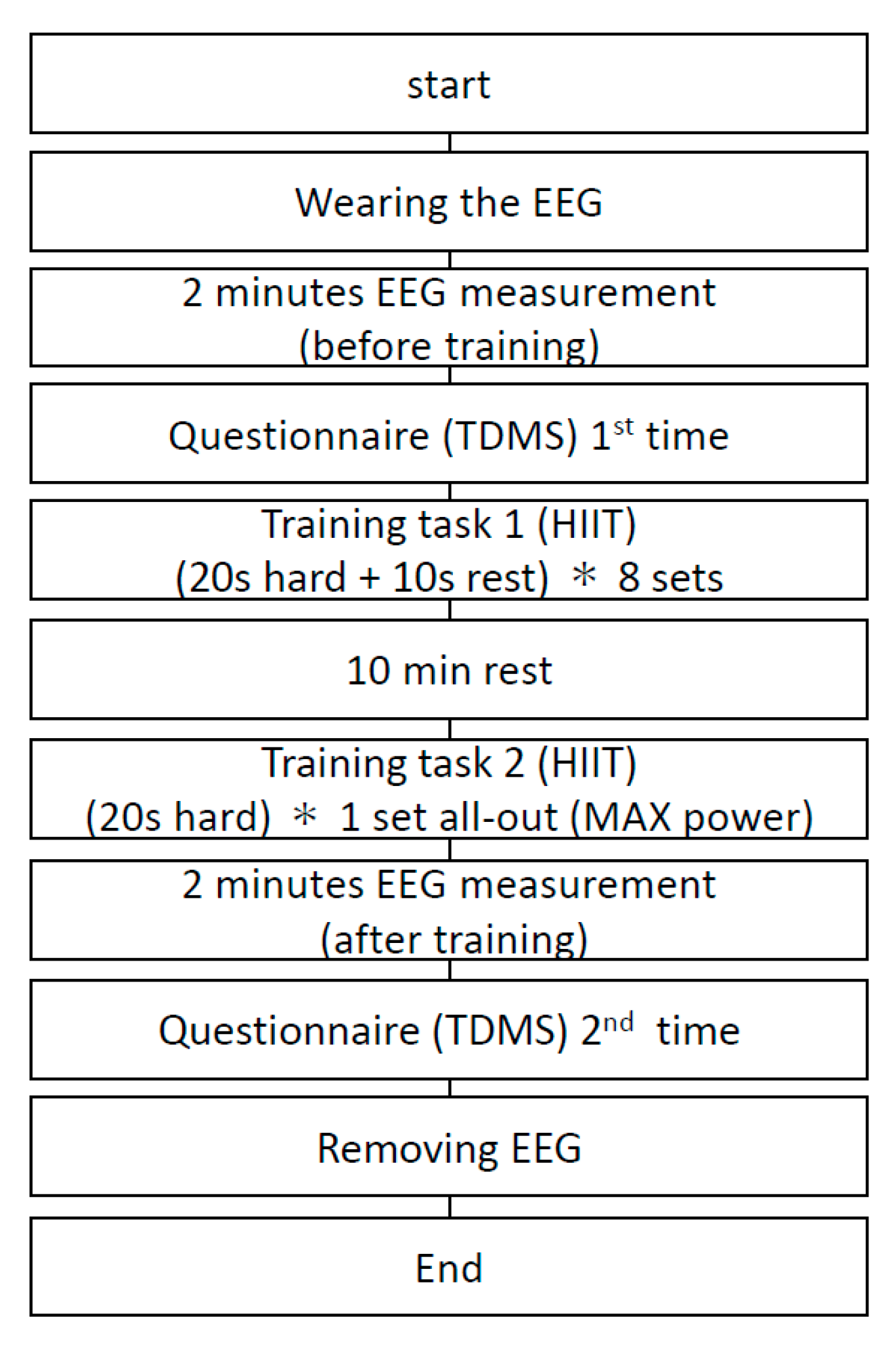
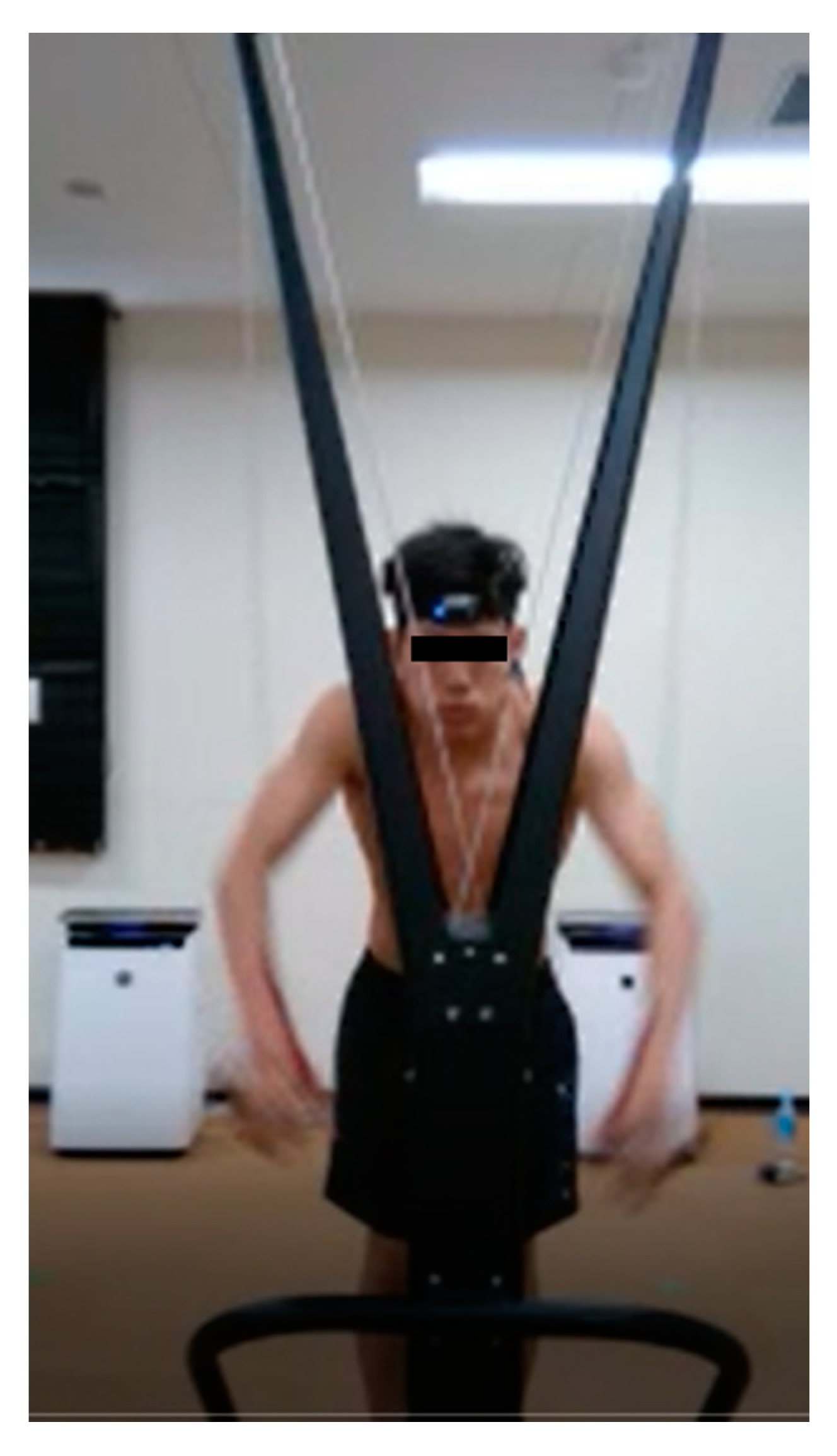
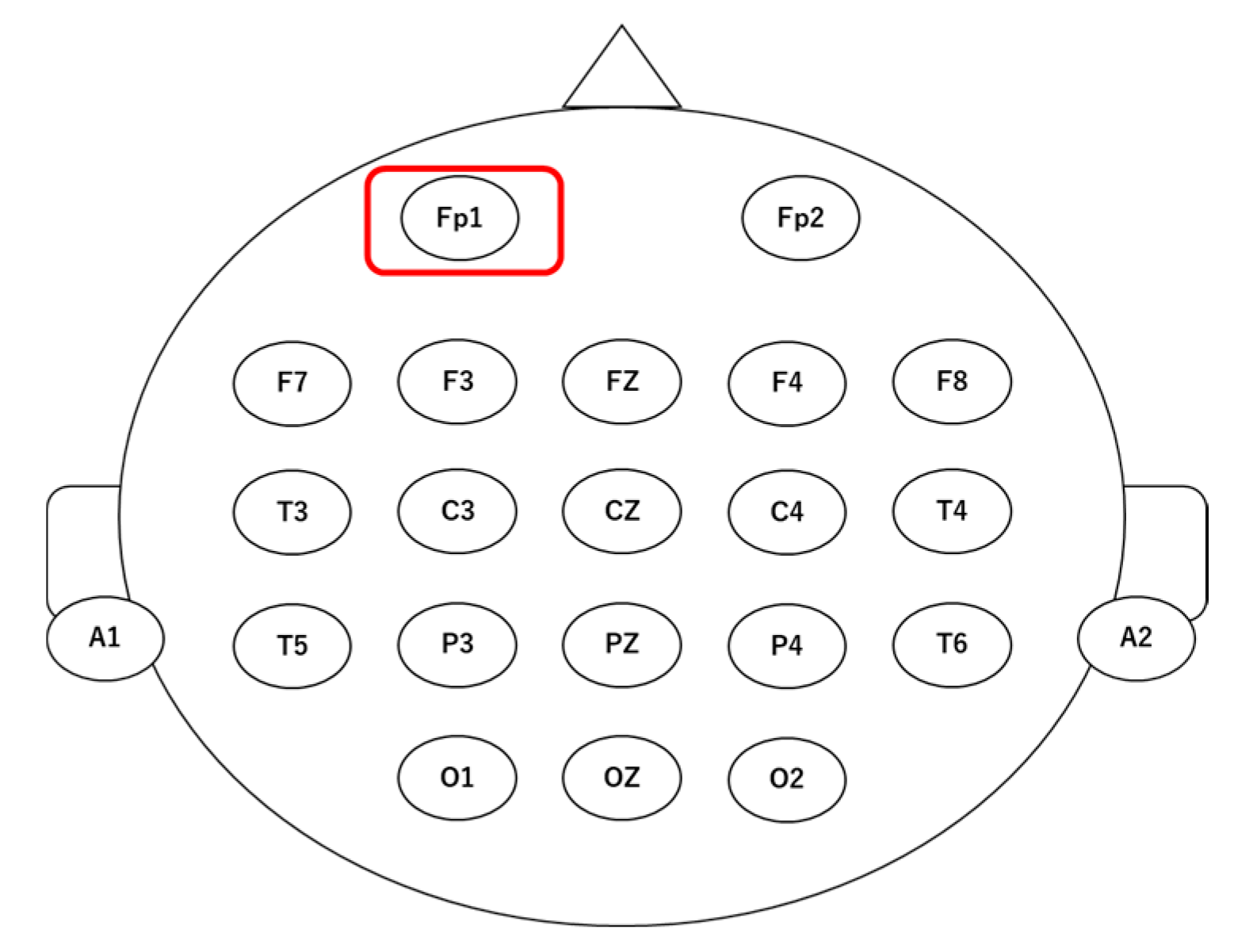
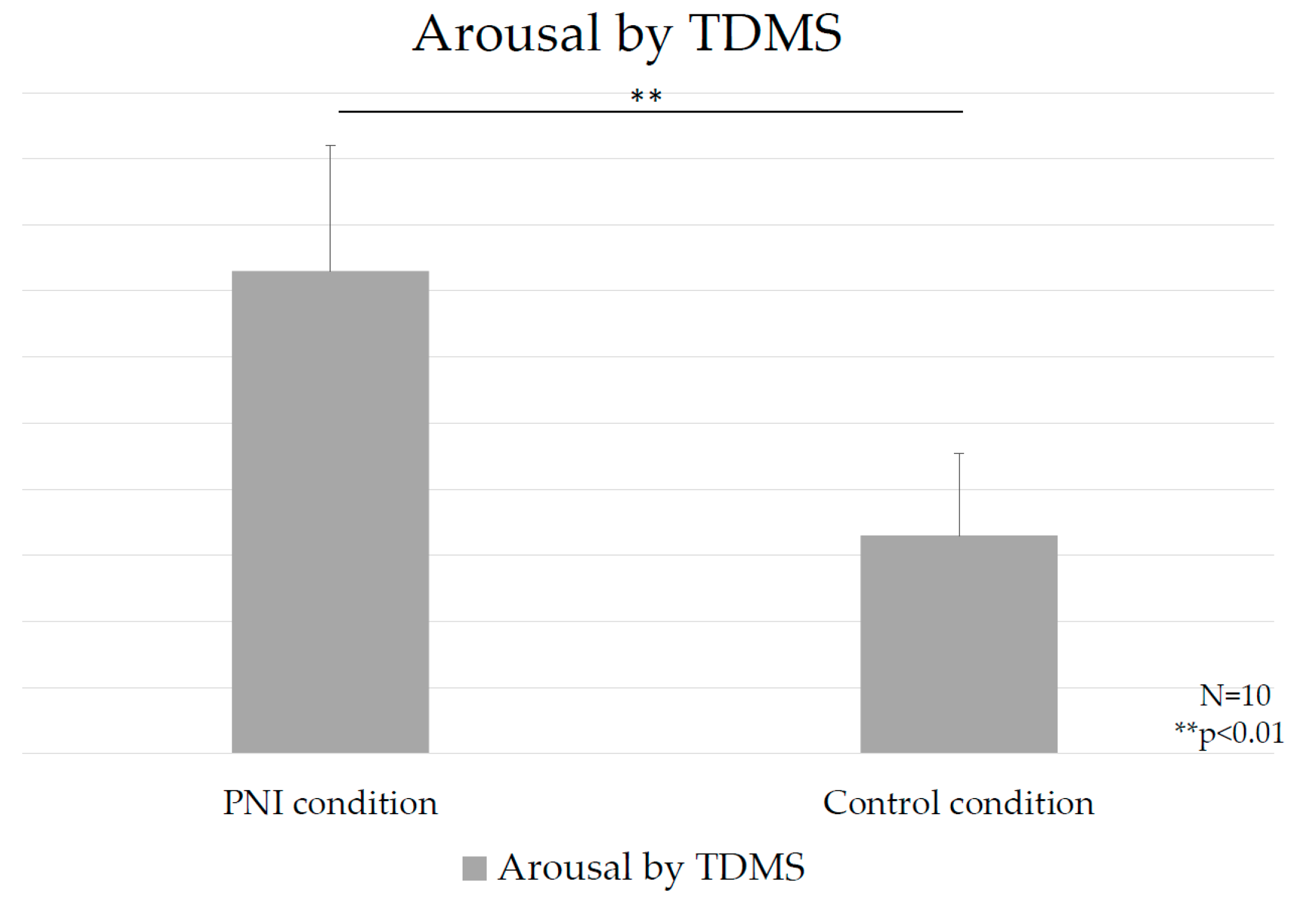
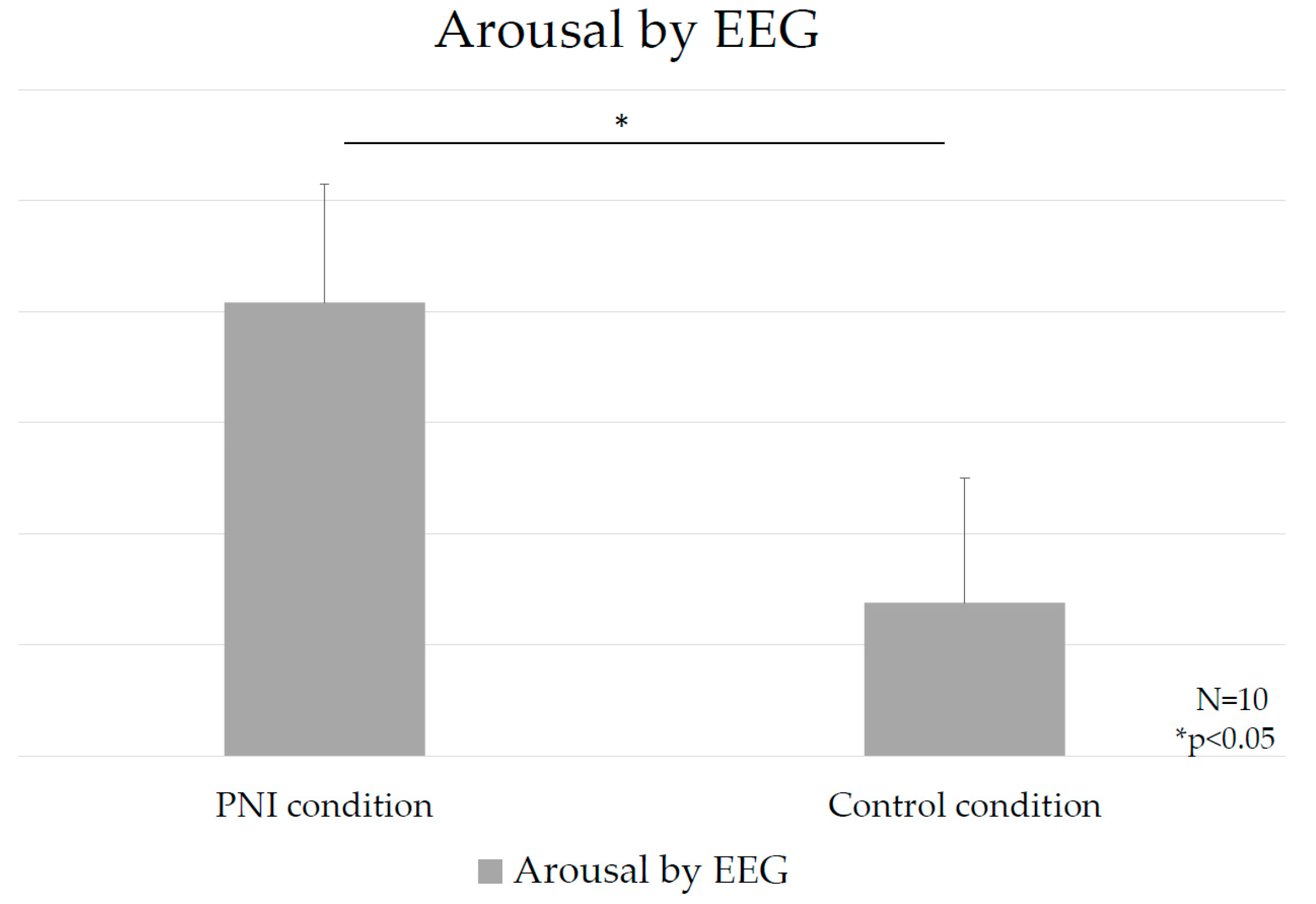
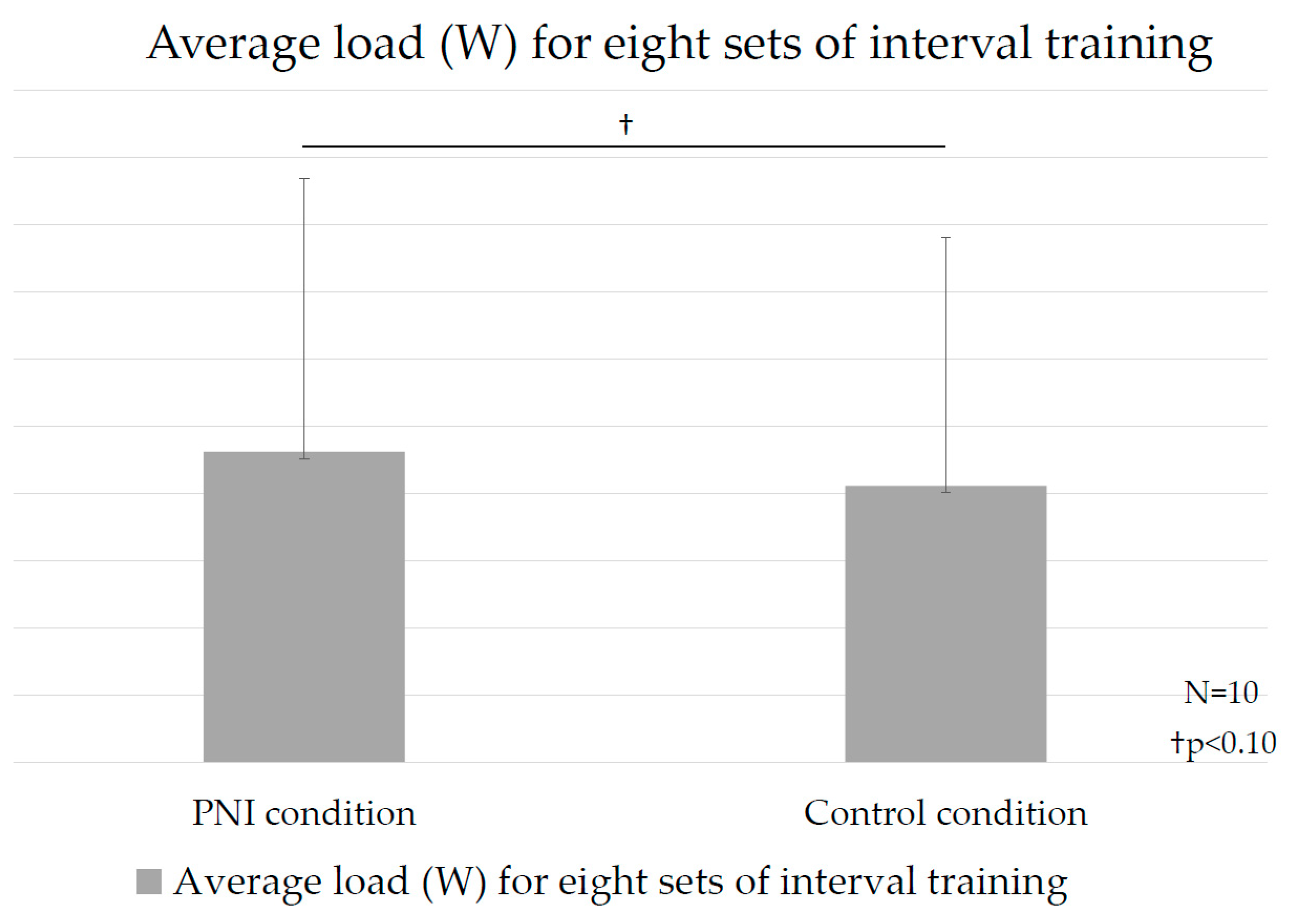
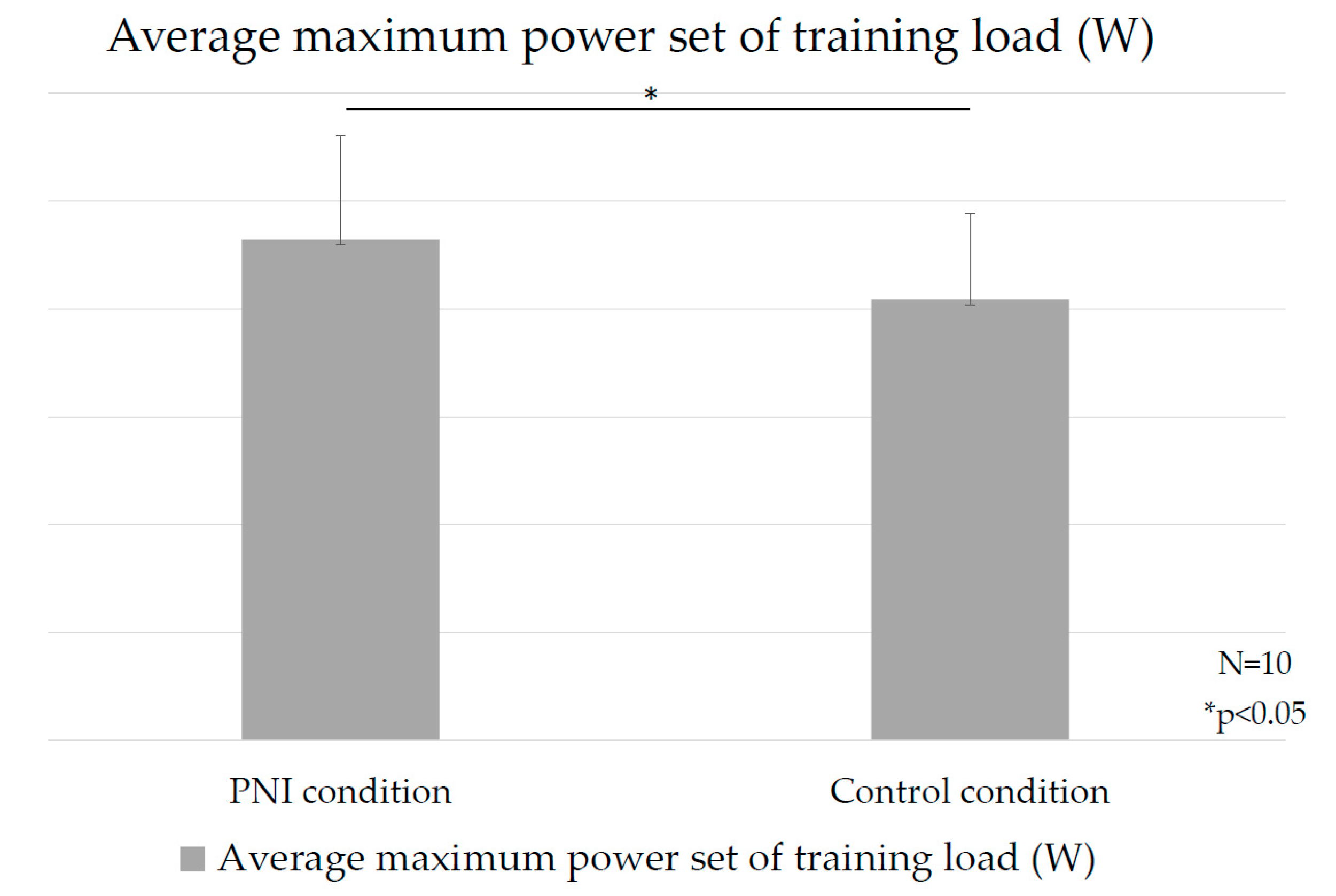
| Type of Brain Wave | Frequency (Hz) | Psychological State |
|---|---|---|
| Delta wave | 0.5–4 Hz | Non-REM sleep, unconscious |
| Theta wave | 4–8 Hz | Sleep onset, illusion |
| Alpha wave | 8–13 Hz | Relaxed mental state |
| Beta wave | 13–40 Hz | Arousal |
© 2020 by the authors. Licensee MDPI, Basel, Switzerland. This article is an open access article distributed under the terms and conditions of the Creative Commons Attribution (CC BY) license (http://creativecommons.org/licenses/by/4.0/).
Share and Cite
Hagiwara, G.; Mankyu, H.; Tsunokawa, T.; Matsumoto, M.; Funamori, H. Effectiveness of Positive and Negative Ions for Elite Japanese Swimmers’ Physical Training: Subjective and Biological Emotional Evaluations. Appl. Sci. 2020, 10, 4198. https://doi.org/10.3390/app10124198
Hagiwara G, Mankyu H, Tsunokawa T, Matsumoto M, Funamori H. Effectiveness of Positive and Negative Ions for Elite Japanese Swimmers’ Physical Training: Subjective and Biological Emotional Evaluations. Applied Sciences. 2020; 10(12):4198. https://doi.org/10.3390/app10124198
Chicago/Turabian StyleHagiwara, Goichi, Hirotoshi Mankyu, Takaaki Tsunokawa, Masaru Matsumoto, and Hirokazu Funamori. 2020. "Effectiveness of Positive and Negative Ions for Elite Japanese Swimmers’ Physical Training: Subjective and Biological Emotional Evaluations" Applied Sciences 10, no. 12: 4198. https://doi.org/10.3390/app10124198
APA StyleHagiwara, G., Mankyu, H., Tsunokawa, T., Matsumoto, M., & Funamori, H. (2020). Effectiveness of Positive and Negative Ions for Elite Japanese Swimmers’ Physical Training: Subjective and Biological Emotional Evaluations. Applied Sciences, 10(12), 4198. https://doi.org/10.3390/app10124198





